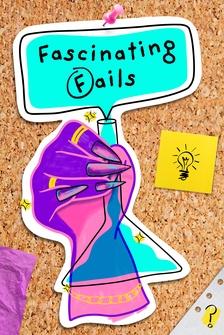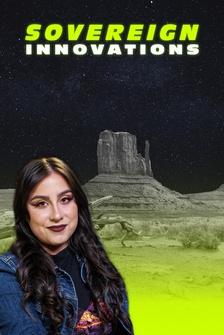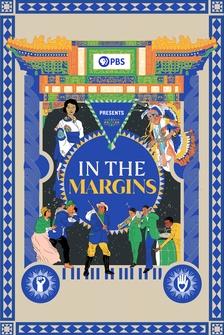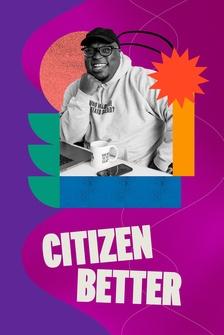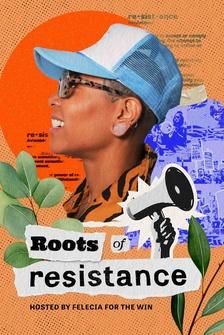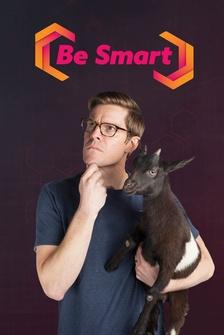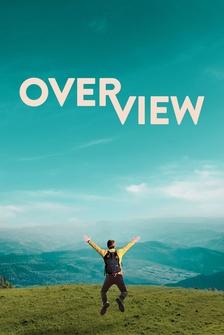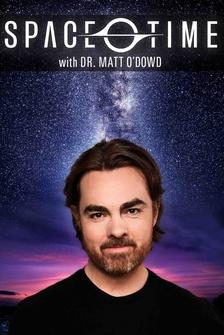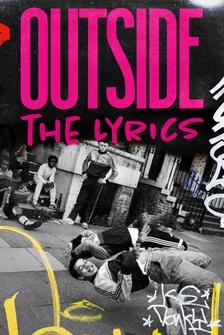- How can anybody refuse your legal rights to your own property?
- Myles Bess here, journalist, host of Above the Noise, and plant father.
You know, way before Earth Day was a thing, indigenous people were the OG caretakers of the land and then a bunch of colonizers stole the whole dang place.
That's right.
Many indigenous tribes were forcibly removed from their ancestral homelands to make room for incoming settlers.
And then millions of acres of that land became national parks to preserve some of America's most treasured natural beauty for generations to come.
Now the U.S. federal government is responsible for protecting and maintaining those areas but the indigenous led movement, Land Back, is demanding for a change in ownership of all stolen lands, including national parks, to indigenous communities to manage.
So today we're asking, what would it look like if Native Americans reclaimed their land?
(record scratching) Okay that's a pretty big question.
So it's a good thing I've got Chey here on set to help me answer it, take it away.
- Thanks, Myles.
Hey friends, Chey Bearfoot here, member of the Chiricahua Apache Nation and lover of all things nature, except for bugs.
I really don't like bugs.
Anyway, before I really dive into the episode, it's important for you to know that indigenous land is everywhere.
It isn't only limited to wide open spaces of natural landscape.
I'm on indigenous land right now.
This episode is being filmed on land occupied by the Confederated Villages of the Lisjan, the Ohlone people, and the Muwekma people.
And today we are exploring the significance of land from an indigenous perspective.
All right, let's get into it.
So indigenous people reclaiming land isn't a novel idea, and the Land Back movement has been around for a very long time, but it's really gained a lot of traction in recent years.
You're probably wondering, why do indigenous people need a movement like Land Back in the first place, and why are national parks part of the discussion?
Spoiler alert, it's not pretty, and it involves a lot of old white guys.
So back in the late part of the 19th century when the government started creating national parks, they couldn't see native peoples and nature coexisting.
John Muir, who people often considered the father of the national park system, was flat out racist.
- As human beings we are not supposed to be away from land the way that we are in urban settings.
That's where human beings need to be.
We need to be reengaged with the land, to have human hands interacting with land again is really what needs to happen.
- That's Corinna Gould, co-director for the Sogorea Te' Land Trust, a woman led organization in the Bay Area that works to return indigenous land to indigenous people.
But, you know, this whole idea of human beings belong in nature really didn't mesh well with the settlers, so they removed indigenous people anyway and they did this using every technique under the sun.
Starving tribes by destroying their food sources, tricking tribal leaders into signing treaties, and murdering entire indigenous communities, which, by the way, was legal, and people were often paid to do this.
- [Miles] Wait, for real?
- Yeah, seriously.
Like between the 1600's through the 1900's, the U.S. government paid people the equivalent of $12,000 in today's currency per the scalp of each indigenous man and half of that for each indigenous woman.
- [Miles] Dang.
- As a matter of fact, in New England alone, government payments for 375 human scalps were uncovered, which equals millions of dollars in today's currency.
And because most American schools primarily teach the positives of the national parks, a lot of people don't really know this side of the history.
Let me help you understand the scope of what we're dealing with here.
Most if not all of the 84 million acres that span between the 423 national park sites were home to indigenous peoples.
When Yellowstone became the first national park in 1872 it was intended as a public park or pleasuring-ground for the benefit and enjoyment of the people.
Of course, I'm gonna guess the government's definition of people didn't include all of the indigenous people they forced off the land.
This idea of the land exists to serve people is so different from the other indigenous perspectives that I've heard.
You see it wasn't just indigenous peoples colonizers tried to get rid of when they came.
They also tried to get rid of collective cultural knowledge.
Bear with me as I try to explain this next part as best I can.
There are two big differences between the indigenous and colonizer relationship with nature.
Historically, the general vibe of colonizer culture as modeled in the Bible is that nature is something to control and dominate.
Take this verse from Genesis.
Be fruitful and multiply and fill the earth and subdue it and have dominion over the fish of the sea and over the birds of the air and over every living thing that moves upon the earth.
Indigenous peoples, however, accept that there exists a cosmological relationship of all living things existing together.
- [Narrator] That we remember our place in this circle of life, that we remember that we are the younger brothers or sisters, the human beings, and we are the only ones that took ourselves out of that circle.
And when we took ourselves out of that circle, the world became unbalanced.
And as human beings we need to come back into that circle and to see everything that was created as equal to us and that we are not above it.
- This means all land, including sacred sites, and all living things are worthy of protection.
Not only the areas white people designated as national parks.
Before colonizers came indigenous peoples managed the land for millennia.
They used the knowledge that had been passed down from generation to generation to both feed themselves and protect the land.
For example, some tribes of Yosemite Valley managed land using fire.
They burned underbrush and created pasture lands to provide nutrient rich forage for deer and to help support the growth of woodland food crops.
So the idea that national parks were untouched for thousands of years is a complete myth.
Indigenous people have been advocating for the return of stolen lands since the very beginning and the global Land Back movement is fighting to make this a reality.
After the height of the No Dakota Access Pipeline protests at Standing Rock, the movement has continued to gain momentum and support from people outside of the indigenous community, and in response to protests at Mount Rushmore in 2020, the indigenous organization Indian Collective created the Land Back Manifesto, "The Reclamation of Everything Stolen from the Original Peoples," and officially launched a formal campaign on Indigenous People's Day of that year.
- So this Land Back movement in the Bay Area is about creating a place for indigenous people to be able to feel safe, a place for us to pray, and bring back language, a reengagement with the land and the waterways as our ancestors have always told us we are supposed to be.
Encouraging us to make relationships with our relatives, the plants and the food ways, sharing those out to community members whether they're indigenous or not.
- And of course for us, land isn't an isolated thing you can own.
It's all connected to all of these larger issues Land Back seeks to heal and reclaim.
Languages and ceremonies, governmental sovereignty, food and housing security, equitable access to healthcare and education.
All part of a larger goal to dismantle white supremacy and uplift BIPOC groups.
To some, the idea of returning land back to indigenous communities, especially the national parks, is absurd.
- You look at the broader Land Back movement and, you know, you hear academics and activists and protectors and "Give it all back," and then you see people in the general public freaking out about what does that mean right?
What does that mean, "Give it all back?"
It really does mean give it all back because it was stolen land.
- People have told me it's impossible.
There's so much land, and how will the government divide it up among the different tribes?
Or why transfer park management away from the government if they're doing a good job?
Well, there's so much more at stake than just paying for maintenance or facilities costs.
The moral argument is that this is stolen land and these resources should go back to tribes to manage.
The success stories popping up here in the U.S. are giving us a glimpse into a possible future where stolen land is managed by indigenous peoples once again.
Here's just one example.
The Esselen tribe purchased 1200 acres in Big Sur, California, after 250 years to be used for educational, cultural, and conservation purposes.
And recently, Governor Gavin Newsom proposed to give 100 million to tribes to purchase back ancestral lands.
This is seen as a big win, but if you really think about it, it's kind of messed up because they had to purchase the land back that was stolen from them.
And that's like buying back your stolen bike from the flea market.
But these stories aren't only limited to the United States.
Land Back is happening globally, and get this.
The indigenous way of managing land also helps to combat climate change.
For example, research shows that lands managed by indigenous communities in Brazil, Australia, and Canada are equally and sometimes even more biodiverse than special conservation lands In the end this isn't just about repairing the harm done to indigenous people.
It's so much bigger than that.
It's also about healing the land itself, especially land that's been trashed, and current scientific evidence advocates for indigenous land stewardship practices to reduce the impact of climate change.
There is so much more information available on this topic so I highly suggest checking out the links in the description to learn more.
Like this video if you're currently living on earth and subscribe to our channel if you wanna see more content like this, thanks for watching.
- Thanks, Chey that was dope.
All right, peace out.




